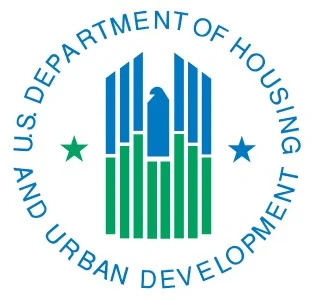Key Takeaways
- Infrastructure Modernization Drives Health Outcomes: Updating nursing home facilities with features like single-occupancy rooms, advanced HVAC systems, and improved layouts can significantly reduce infectious disease spread, decrease fall risks, and enhance residents' dignity and mental health.
- Economic and Competitive Advantages: Investing in modern nursing home infrastructure creates cost efficiencies, improves staff retention, attracts more residents, and positions facilities to meet evolving consumer expectations of the Baby Boomer generation.
- Strategic National Priority: Modernizing nursing home infrastructure is not a luxury but a moral and practical imperative, requiring forward-thinking policies and public-private partnerships to support the health, safety, and dignity of an aging population.
Introduction
Modernizing nursing home infrastructure is not just a response to evolving preferences; it is a necessity for advancing quality care. The physical environment of a facility significantly influences resident health outcomes, staff satisfaction, and the overall perception of care. Yet, much of the U.S. nursing home stock remains outdated, with facilities often struggling to meet contemporary standards for safety, accessibility, and comfort. This policy brief outlines the compelling case for prioritizing new builds and substantial renovations in the post-acute and long-term care sectors as a cornerstone of improving care quality and addressing the needs of aging populations.
The Case for Infrastructure Modernization
1. Health Outcomes
• Enhanced Infection Control: Facilities designed with modern HVAC systems, single-occupancy rooms, and improved airflow reduce the risk of infectious disease spread, as evidenced during the COVID-19 pandemic.
• Improved Mobility and Safety: Wider hallways, no-step entryways, and other structural improvements decrease fall risks and enhance mobility for residents with disabilities.
• Dignity and Privacy: Single rooms with en-suite bathrooms promote resident dignity and improve mental health outcomes by reducing stress and conflict associated with shared spaces.
2. Economic Benefits
• Cost Savings Through Efficiency: Newer builds incorporate energy-efficient systems, reducing operational costs over time.
• Attraction and Retention of Staff: A modern, well-maintained environment improves staff morale and retention, addressing workforce challenges in the sector.
• Reputation and Occupancy: Facilities with state-of-the-art designs attract more residents, improving financial sustainability.
3. Consumer Expectations
• Shifting Demographics: Baby Boomers and subsequent generations expect environments that mirror the comforts of home rather than institutional settings.
• Market Competitiveness: Providers who invest in modernization are better positioned to meet these expectations and compete for referrals and contracts.
4. Structural Quality as a Key to Quality Care
• Supporting Innovation in Care Delivery: Flexible designs accommodate new care models, including technology integration and resident-centered programming.
• Proactive Risk Management: Modern materials and layouts reduce risks associated with fires, natural disasters, and other emergencies.
What People Want, Need, and Deserve
Modernized nursing homes reflect a commitment to quality and respect for the residents and their families. People deserve environments that promote dignity, safety, and well-being. Facilities with updated infrastructure:
• Reduce unnecessary hospitalizations by creating safer, healthier living spaces.
• Support families and caregivers by offering inviting, supportive environments that align with their expectations.
• Enable staff to deliver care more effectively, fostering a sense of pride in their work.
Call to Action
Investment in infrastructure is an investment in quality. As the U.S. grapples with the dual challenges of an aging population and heightened scrutiny of care standards, modernizing nursing home facilities must become a national priority. Forward-thinking policies and public-private partnerships can drive this transformation, ensuring that our most vulnerable citizens live in environments that support health, dignity, and satisfaction.
This brief sets the stage for further discussions on policy incentives, including regulatory mechanisms to encourage new builds and significant renovations. Modernizing nursing homes is not a luxury; it is a moral and practical imperative to meet the needs of today’s and tomorrow’s older adults.


